Gamification is adding game features and mechanisms to non-gaming contexts, which aims to deliver enhanced user experience, engagement, and outcomes.
Gamification can be integrated with visualisation applications (e.g., virtual reality) to enable further purposes, such as education, training, and analysis. The core structure of these gamified applications echoes the essence of serious games (SGs). SGs have been identified as video games with serious purposes rather than pure entertainment. In the context of the AECO sector, SGs have been applied to construction health and safety education, professional skill training, evacuation training, behavioural analysis, emergency studies, and decision-making processes.
To review more details about gamification, please refer to the article “Gamification for Visualisation Applications in the Construction Industry” by the authors as part of a Springer book Industry 4.0 for the built environment, edited by Marzia Bolpagni, Rui Gavina, and Diogo Rodrigo Ribeiro.
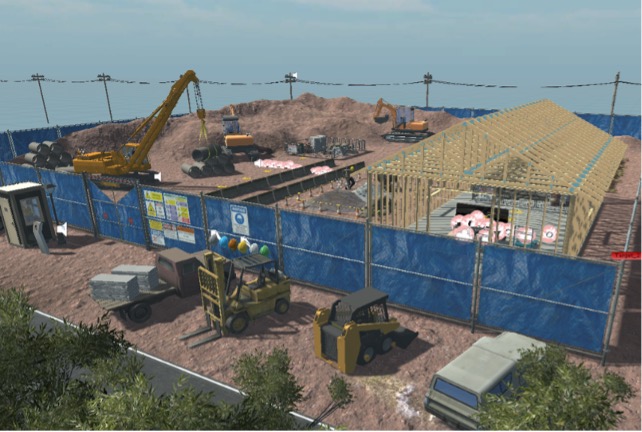
Serious Games
The general definition of Serious Games, SGs, implies that it is a piece of software integrated with serious purposes and gameplay elements. SGs can be classified by a Gameplay/Purpose/Scope (G/P/S) model which captures both ‘serious’ and ‘game’ dimensions. Gameplay refers to the way an SG is played, including play-based (i.e., an open-world game without dominant storylines and goals) and game-based (i.e., a game with dominant storylines and goals); purpose stands for the designed outcome to be achieved by playing an SG; and, scope represents the targeted domains of an SG.
SGs offer users opportunities to interact with virtual environments and objects. Users can make responses to the events within an SG and observe the consequences of their behaviours. SGs provide immersion and a sense of presence. With the help of advanced visualization technologies (e.g., VR or AR), the virtual environments of SGs have the possibility to be a twin of reality, simulating and presenting realistic scenarios to users. Benefiting from this, users can be exposed to credible hazards without being in real danger. SGs have the capability to offer assessments and feedback to each individual user. Game elements such as scores, levels, status bars, hints, and awards can visualize the progress and performance of users in SGs.
Development principles
SGs consist of a set of characteristics, such as play, rules, challenges, and storytelling. The basic development principles for SGs include four layers: intended outcomes and impacts, virtual environments, storylines, and interaction (Figure 2).
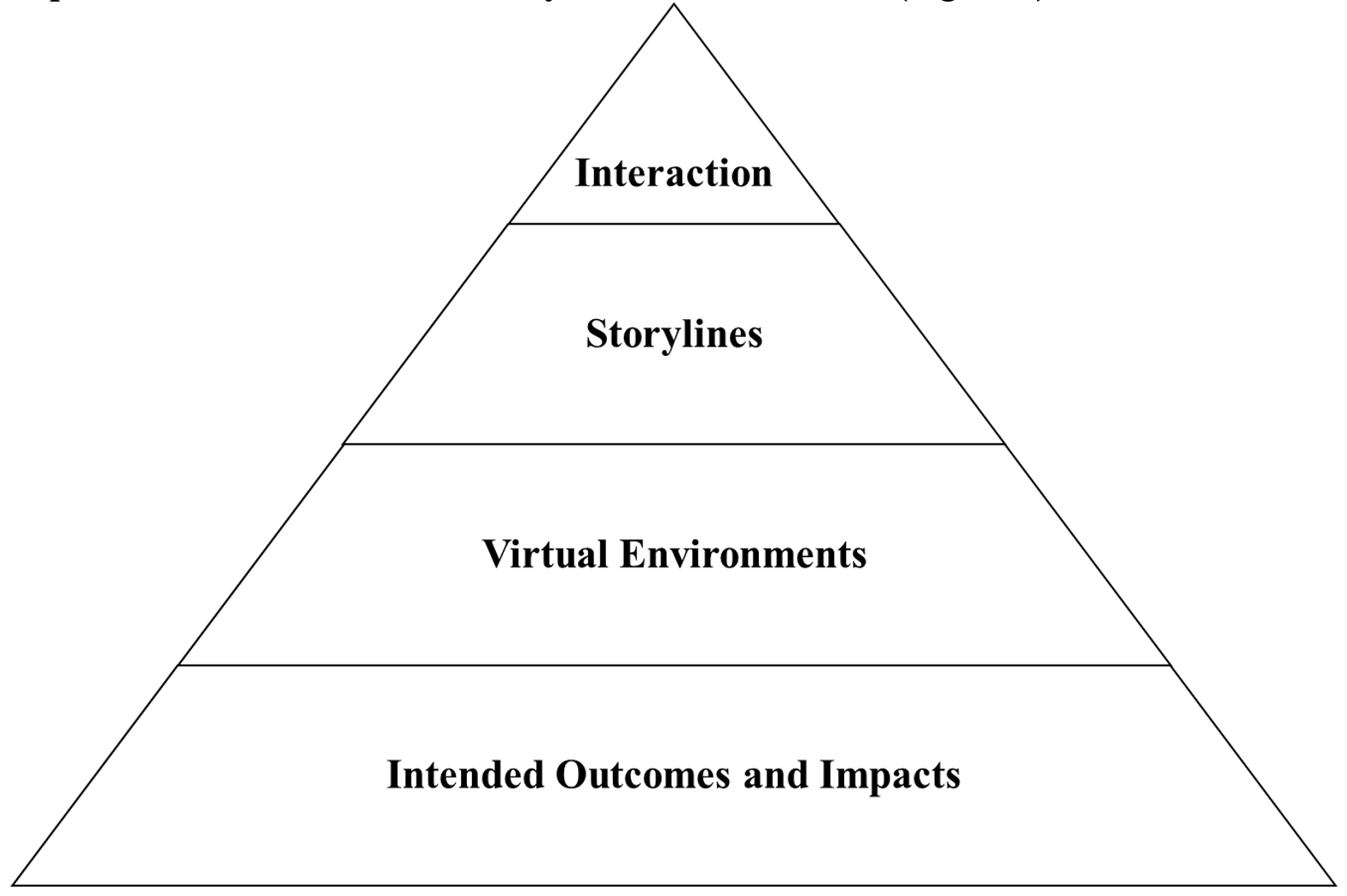

The intended outcomes and impacts from an SG should be identified in the first place. This is a fundamental step that sets the overall tuning of an SG. In the case of pedagogical outcomes, this step involves the articulation and scrutiny of learning or training objectives, such as the skills to be trained, the knowledge to be acquired, or the persuasive messages to be received by target users. Similarly, regarding behavioural outcomes, this step defines the deliverables of an SG for behavioural analysis, such as understanding safety compliance behaviours, validating behaviours in specific circumstances, or recognizing hazard perceptions from target users.
Next, a virtual environment should be established to accommodate game scenarios, with the intention to deliver identified outcomes. In the context of SGs for the AECO industry, the virtual environments of SGs are the representation of the built environment in most cases, such as a construction site, an existing building, or a building yet to be built. CAD and BIM models can be imported to game engines, and served as a virtual environment for further game development. In addition, reality capture techniques can be applied to reconstruct the virtual environment for SGs (Figure 3).


Based on the virtual environment, storylines should be defined and added to it. A storyline consists of a series of events to be encountered by users, motivating users to be engaged with SGs. The integration of storylines with virtual environments makes game scenarios, where messages are conveyed to users in context. A storyline should be built based on the outcomes identified in the first step. Figure 4 illustrates an example of the storyline of an SG suited to earthquake emergency training.
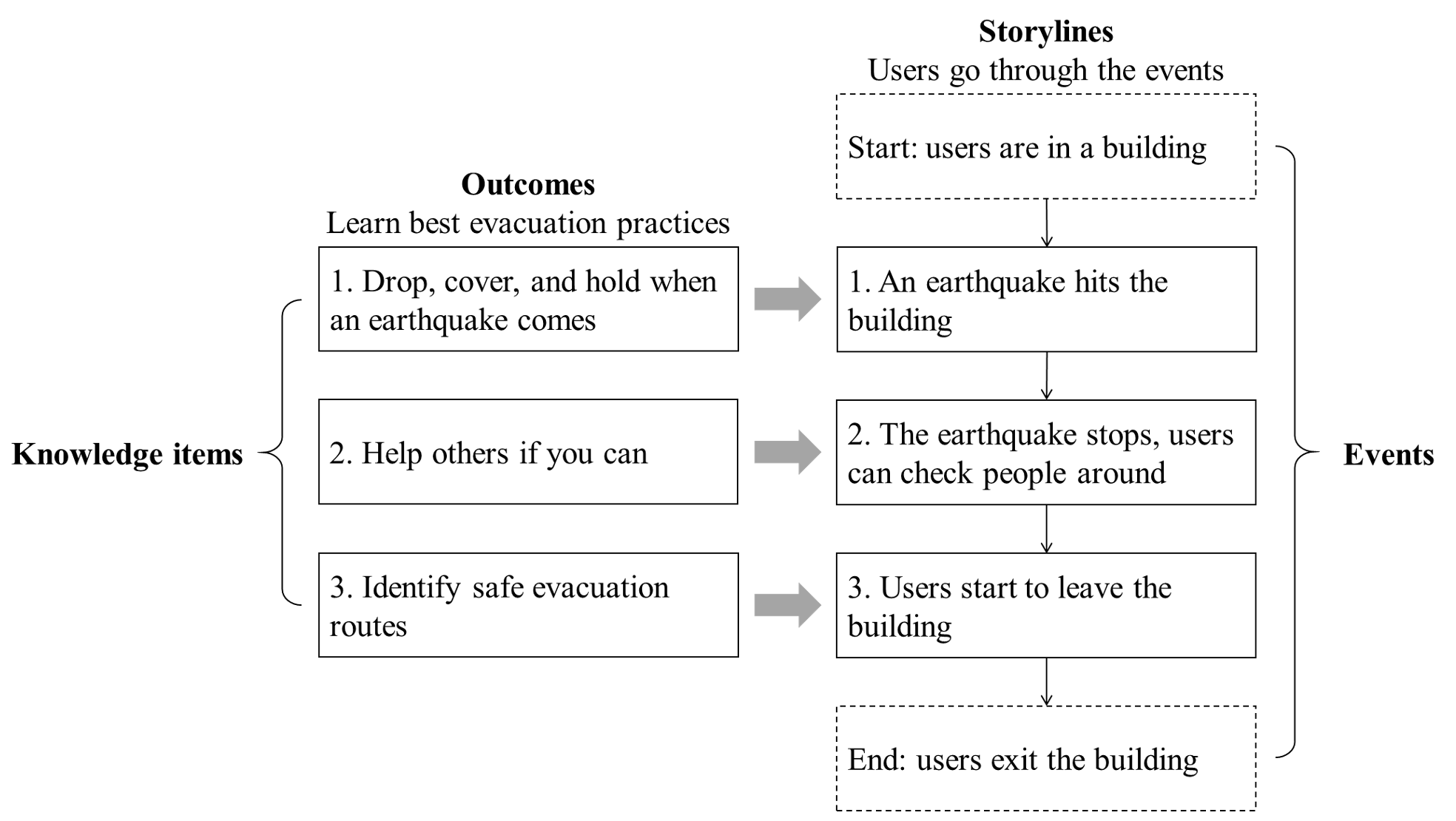

In the end, human-computer interaction should be completed. Human-computer interaction refers to all kinds of interactions that are going to happen between users and SGs. The interaction may include but is not limited to navigation, storytelling, consequences, assessments and feedback, instructional approaches, behaviour inducers, and tracking and recording. Game elements and game mechanisms are heavily invested in this step.
Applications and impacts
In the AECO industry, SGs have been mainly applied in three domains: pedagogical applications, behavioural applications, and simulation-related applications. Pedagogical applications involve the design and delivery of educational or training modules via SGs, allowing users to acquire knowledge or equip skills. SGs have been applied to deliver training about machinery operational skills, health and safety, communication, and worksite procedures. Also, SGs have been applied to teach people about dealing with emergencies and evacuation (Figure 5).
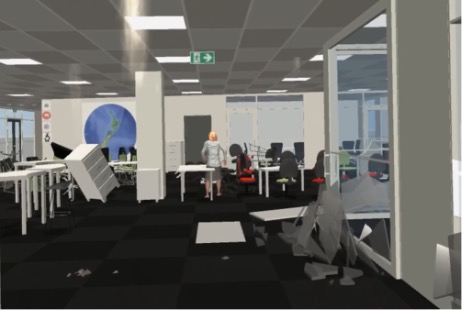

In the case of behavioural applications, user behaviours are studied according to the actions taken by users in response to confronting game scenarios. SGs have been applied to investigate safety behaviours, risk-taking behaviours, performance in hazardous conditions, and evacuation behaviours in emergencies.
Simulation-related applications involve the simulation of the built environment, which achieve other types of outcomes, such as facilitating the decision-making of users, assisting in planning and scheduling, enabling visual inspection, and avoiding potential design clashes.
Conclusion
Gamification can be applied to visualization applications, enabling additional outcomes. The primary concept is to enrich human-computer interaction with SG principles. Therefore, gamified visualization applications can support problem-solving in a variety of domains in the AECO sector, giving effects on upskilling workforce, understanding human behaviours in the built environment, improving personnel health and safety, and facilitating decision-making processes.
About the authors


Dr. Zhenan Feng
Lecturer in the digital built environment, School of Built Environment, Massey University, New Zealand.
Zhenan has research and teaching experience on digital technologies for the built environment, such as Building Information Modelling, Extended Reality, Digital Construction and Simulation, Reality Capture, Serious Games and Gamification, and Emergencies and Evacuation.


Dr. Yifan Gao
Postdoc Researcher, College of Civil Engineering and Architecture, Zhejiang University, China.
Yifan earned a Bachelor of Science degree from Chongqing University and a Ph.D. from The University of Auckland. His primary research interests include robot-based construction technology, virtual reality-based construction safety training, and safety behaviour investigation.


Dr. Tongrui Zhang
Lecturer, School of Civil Engineering, Liaoning Technical University, China.
Tongrui received his Bachelor of Engineering degree from China University of Geosciences, Master of Science degree from the University of Glasgow, and Ph.D. from Auckland University of Technology. His research interest is Building Information Modelling.
View the original article and our Inspiration here

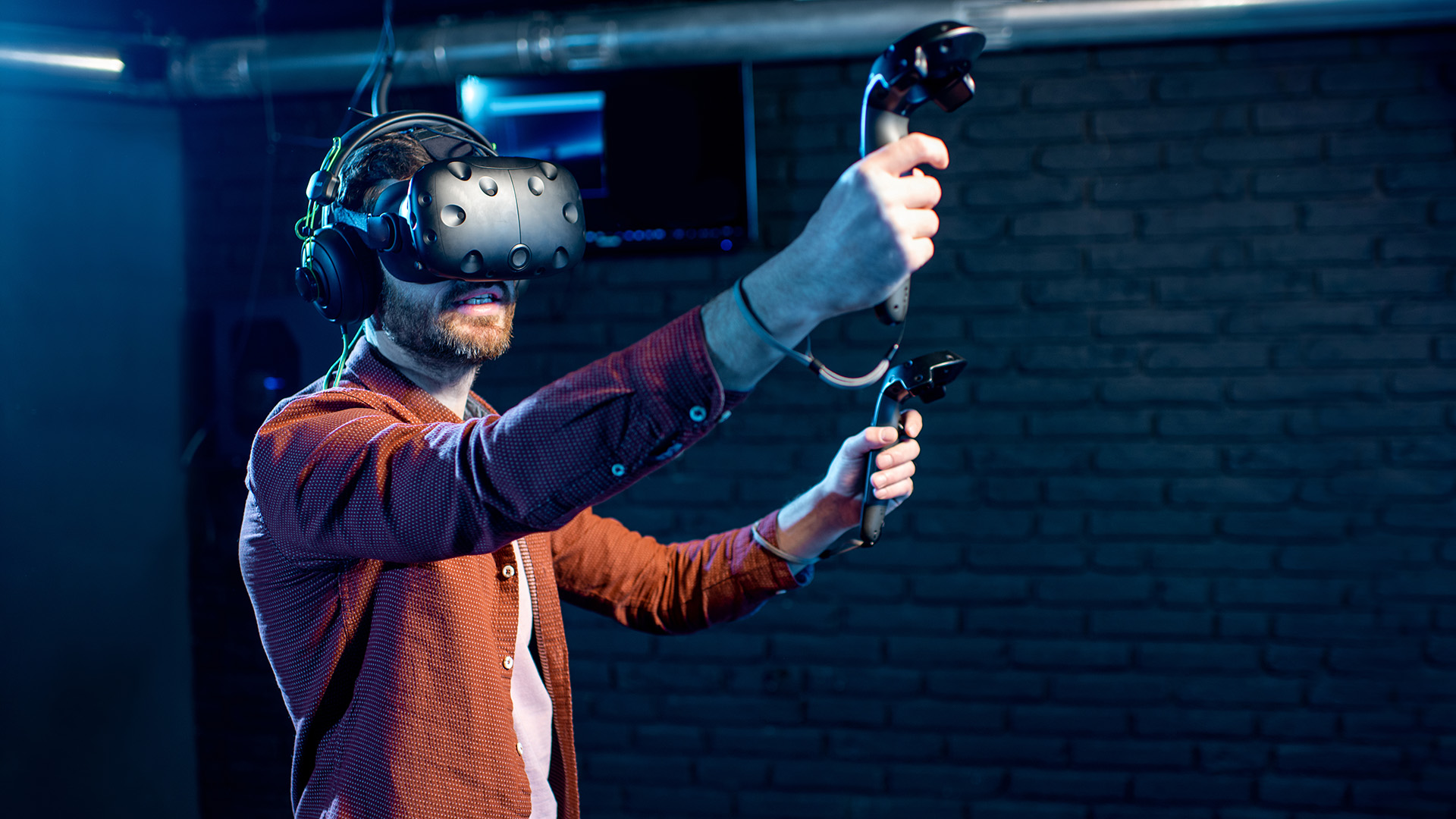
Leave a Reply